 |
| Little Big Horn Battle Reenactment, Cavalry |
George Washington first saw the effect a small British cavalry unit had on his men at the Battle of White Plains, and asked Continental Congress for a small "dragoons" force in 1776, which was approved for 3,000 men. Congress appointed the Polish revolutionary soldier, Count Casimir Pulaski, to train them as an offensive strike force during winter quarters of 1777–78 at Trenton, New Jersey. After the Continental Army was discharged in 1783, the first cavalry unit to be formed was during the War of 1812, but it would eventually be disbanded after the war due to being too expensive to maintain in a standing army. The Westward Expansion of the early to mid 19th century would bring the cavalry forces into the spotlight once again, securing them a place in history during the Civil War and the Indian Wars. They began as Mounted Ranger Battalions protecting settlers among the East bank of the Mississippi River. To correct what was perceived as a lack of discipline, Congress formed the United States Regiment of Dragoons as a regular force in 1833. After infamous battles such as Little Big Horn with the 7th Cavalry and Custer's legacy forever attached to the mounted forces, they proceeded into the 20th century during World War I and even into World War II, until they merged with more mechanized regiments (tanks, heavy machinery, etc.) The last horse cavalry charge by an Army cavalry unit took place against Japanese forces during the fighting in the Bataan Peninsula in the village of Morong on January 16, 1942, by the 26th Cavalry Regiment of the Philippine Scouts.
I found it pretty interesting to see how the cavalry, and the Army, have progressed over the last 250 years or so. I'm glad that visitor reminded me of the anniversary, despite the vague idea I had, because much of this information I didn't know until I researched it. Thank you, visitors, for your little tidbits of knowledge! We love hearing them and can't wait to interact with more of you.
Posted by Christin Fimiani


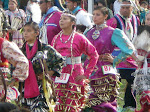
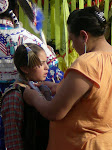
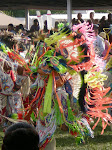



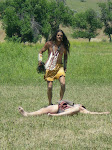

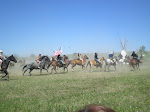
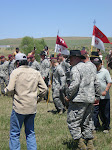

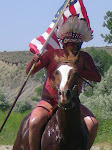

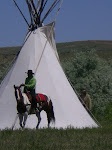

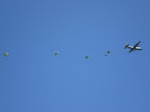
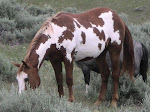

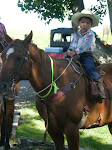


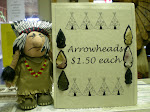
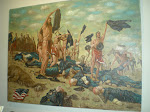
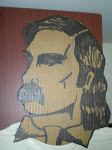













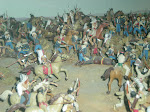

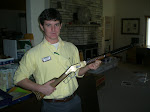
This is very interesting information about the Cavalry! Thanks for sharing!
ReplyDelete